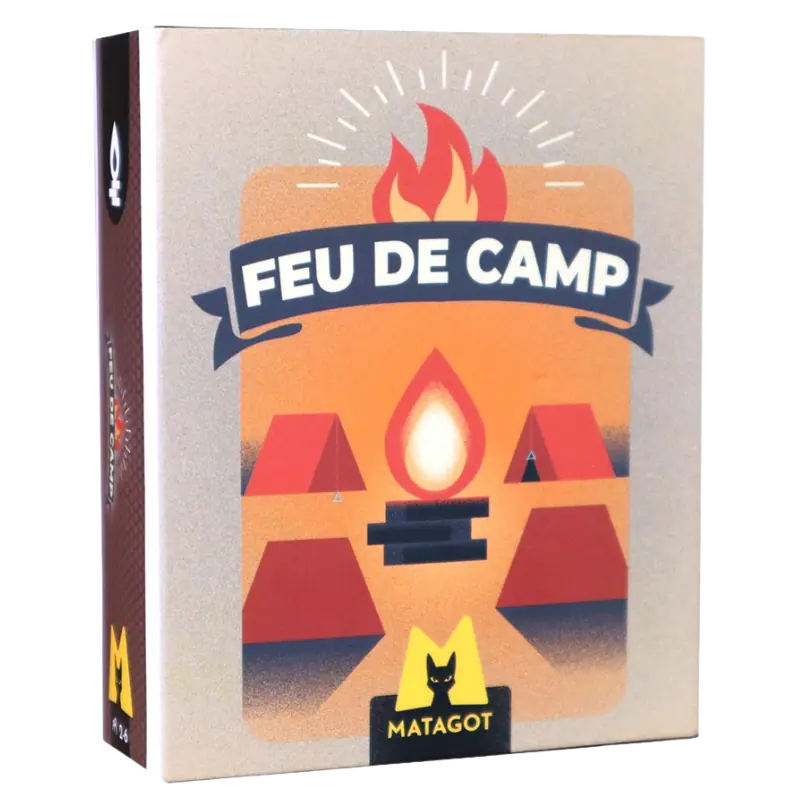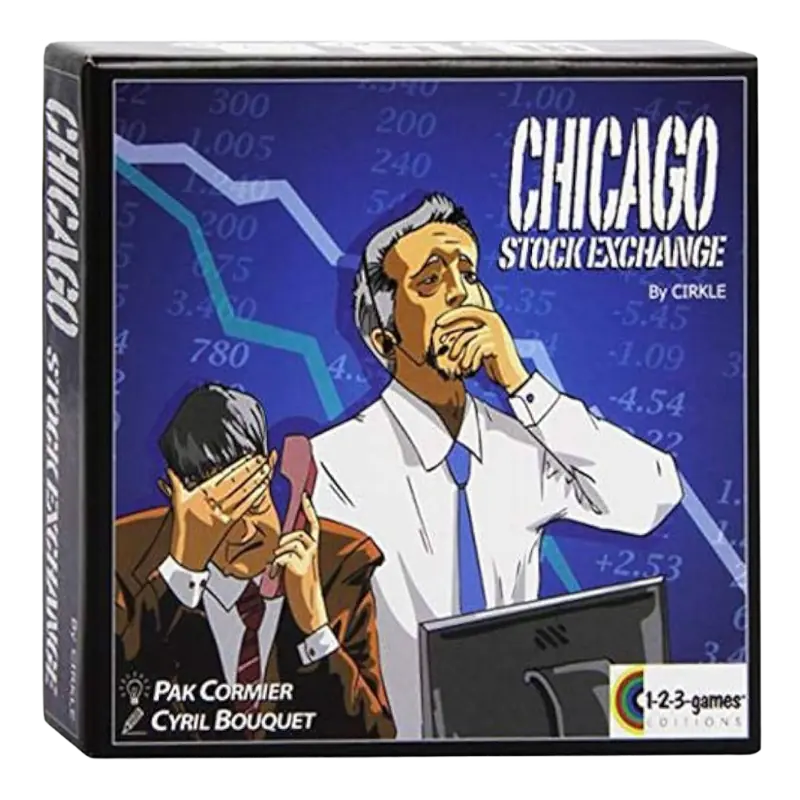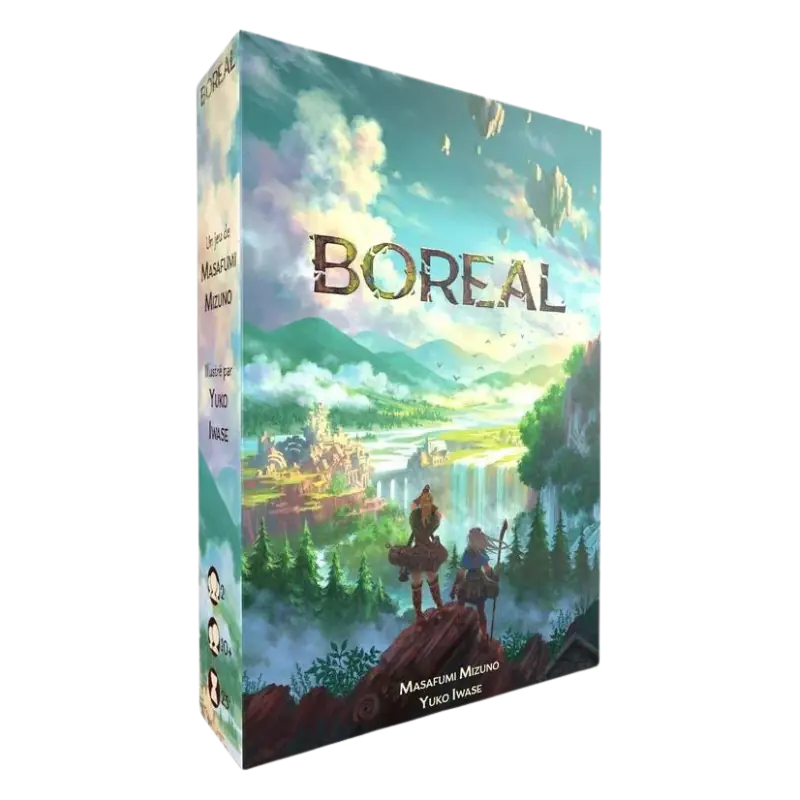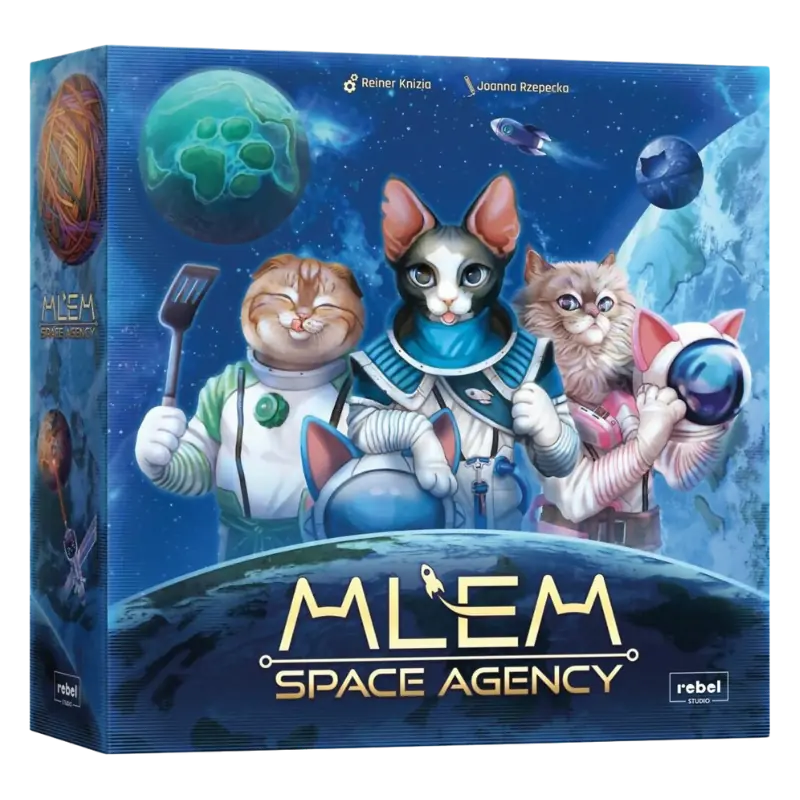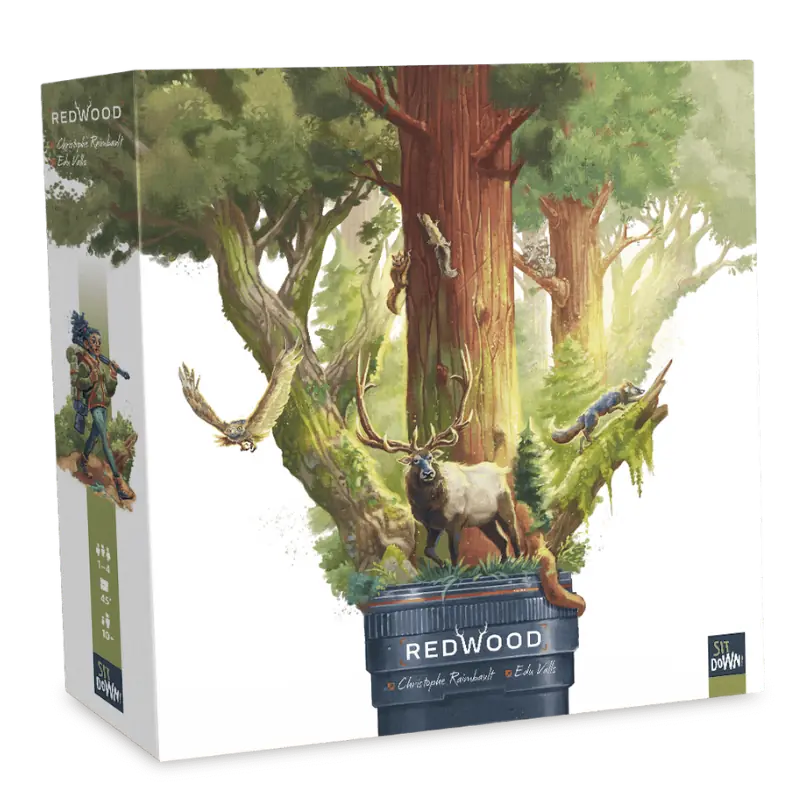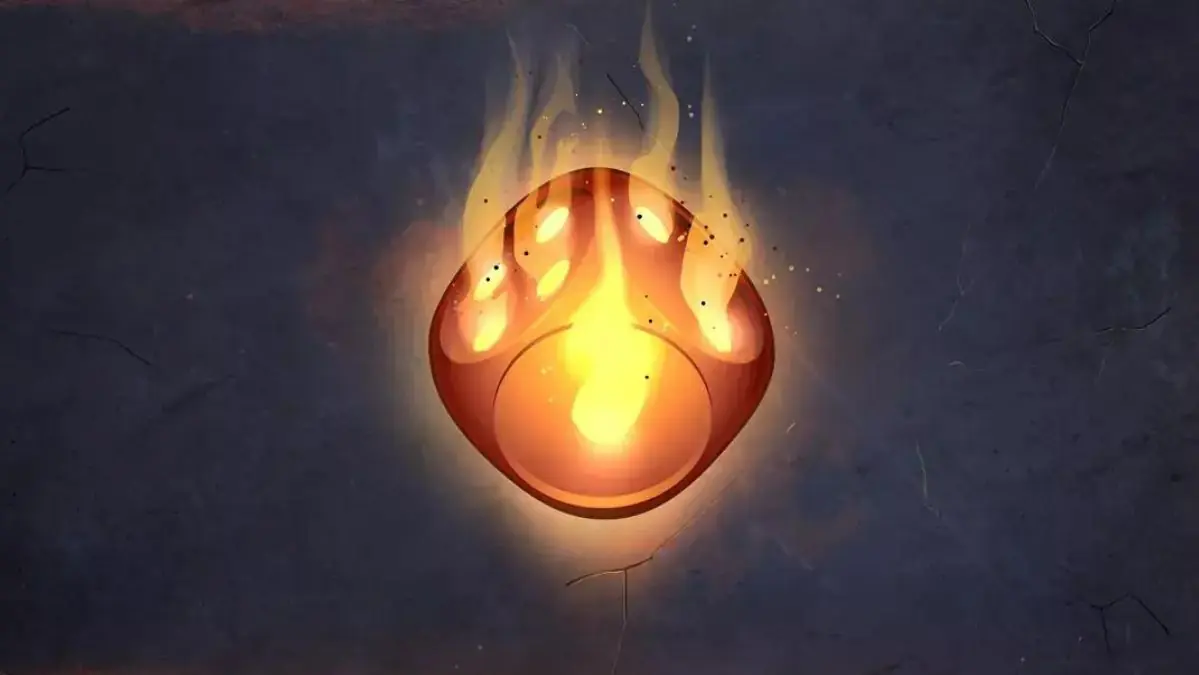
Bienvenue sur "La Tuile De Jeu" ! 👋
Vous trouverez ici mes derniers tests de jeux de société. Ce site n'est pas destiné à vous expliquer les règles en détail, mais à vous donner un aperçu du jeu afin de vous en faire un avis.
À l'instar d'autres sites, pour votre confort de navigation, vous ne trouverez jamais de pub ni de bouton d'affiliation sur la tuile de jeu.
Je vous souhaite de passer une agréable visite, et puis d'ici là bon jeu !
Dog Lover 🐾
Le jeu qui a du chien !

Mon prochain test sera sur... 🥁
Découvrez de nouveaux tests de jeux chaque semaine.
Mes derniers tests 📝
Retrouvez mes 7 derniers tests parus sur le site.
Les 8 articles les plus lus 👀...
Les tests qui font sensation sur le site.
...Et les 8 plus aimés 🥰
Les tests qui vous ont fait réagir.

